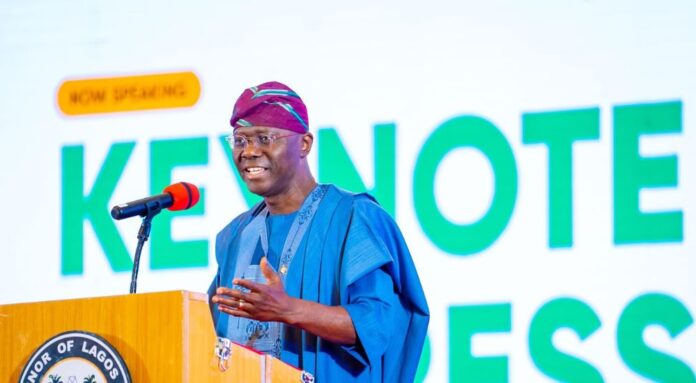The Lagos State Government has launched an ambitious $400 million Waste-to-Energy (WTE) initiative to tackle the state’s growing waste crisis and provide electricity to over two million residents.
The Commissioner for the Environment and Water Resources, Mr. Tokunbo Wahab, revealed the plan during the Lagos Investors Summit 2.0 held at Eko Hotel and Suites, Victoria Island. The initiative, he said, would be developed through a public-private partnership under a “Design, Build, Finance, and Operate” model.
“The Lagos State Government has reiterated its commitment to reducing the volume of waste ending up at landfill sites through the adoption of new strategies such as ‘Waste-to-Energy Plants’ in the state,” Wahab stated at the event.
The project, to be located in Epe, is projected to yield a 12% Internal Rate of Return (IRR) over 20 years, supported by electricity tariffs and a tipping fee mechanism.
Wahab emphasised the urgency of the initiative, citing near-capacity landfill sites, limited formal waste collection (63% household coverage), and rampant illegal dumping (67%), which exacerbate flooding and environmental degradation.
In addition to energy generation, the facility is expected to significantly reduce landfill dependency, mitigate flood risks, and support the state’s climate action goals. The WTE plant is part of a broader plan that includes the rollout of an Early Warning System for Extreme Weather Events, intended to safeguard communities and critical infrastructure.
According to Wahab, the value proposition of the Waste-to-Energy Plant anticipates an Internal Rate of Return (IRR) of 12% over a 20-year operating period, underpinned by electricity pricing and the introduction of a tipping fee.
This initiative aligns with both Lagos State’s sustainability ambitions and the National Energy Transition Plan, ensuring climate resilience while spurring infrastructure investment.

